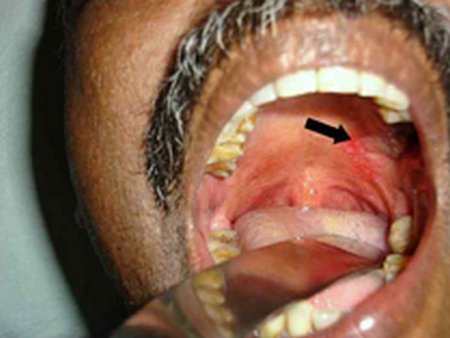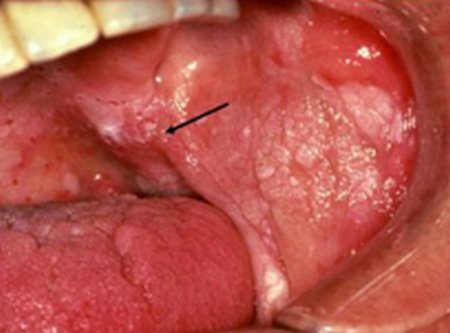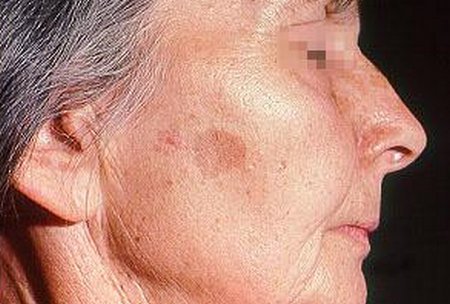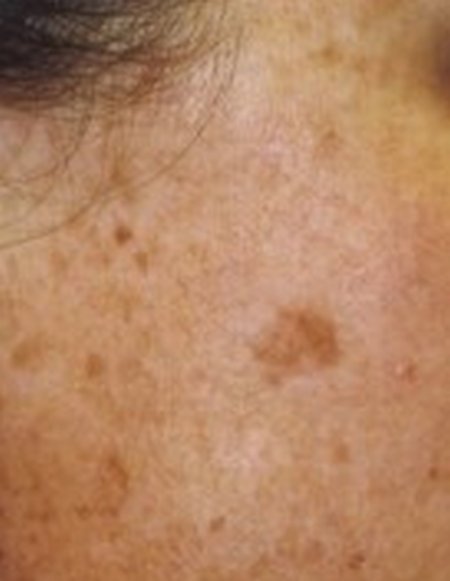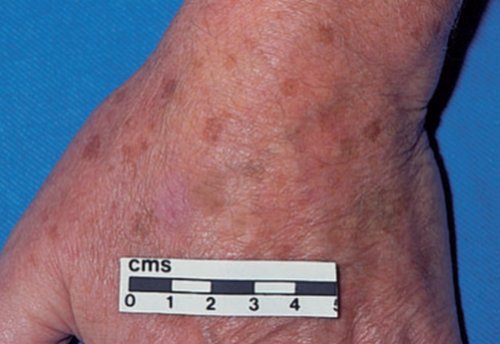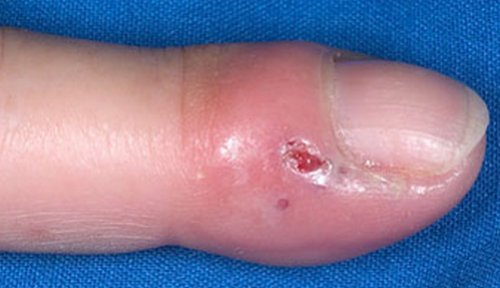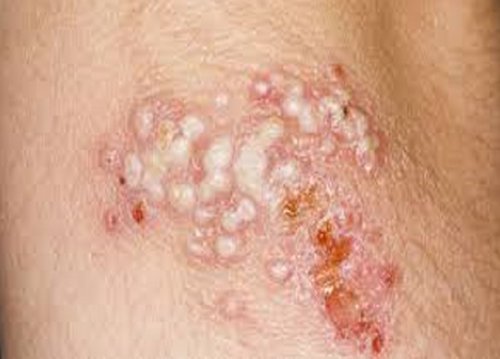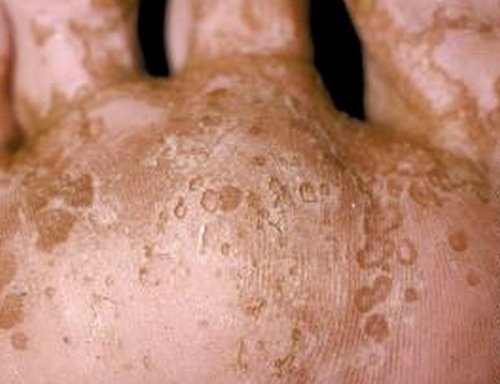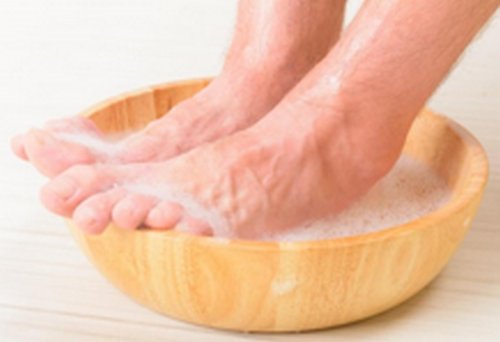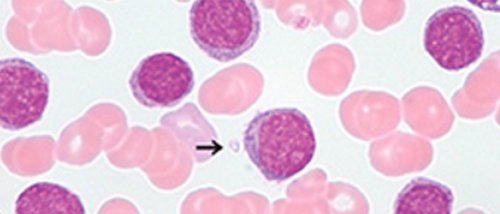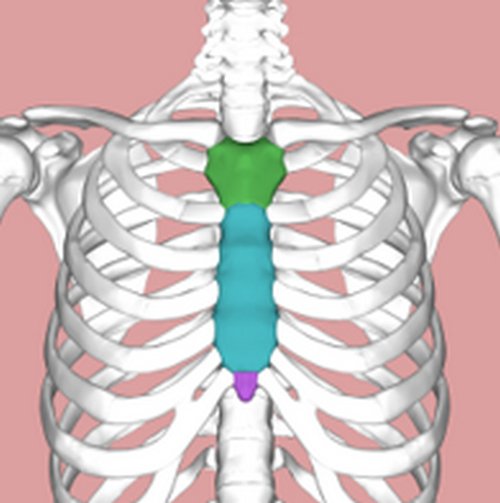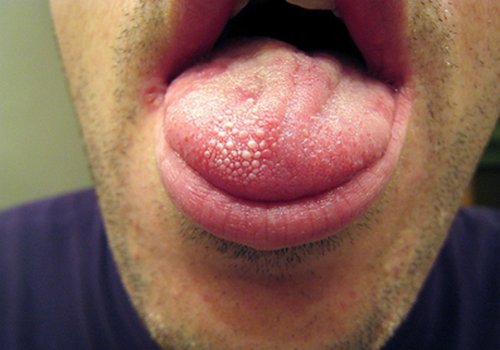Pediculosis Capitis
What is Head lice/ Pediculosis capitis?
A pediculosis capitis or head louse is a very contagious condition. The condition is very common, and you will most likely get it from day cares, nurseries or schools.
The condition is brought by the infestation of the famous head louse known a pediculus humanus capitis. It causes a lot of itchiness to the people who get it. [1,2]

Image 1: Hair and scalp infected by lice and nits
Picture Source: www.skinsight.com
Lifetime
Lice are tiny common insects that consume the human blood. The louse attaches its nits at the base of an individual’s hair close to the scalp. The eggs take up to 7 to 10 days before they can hatch. The adult louse isn’t able to live outside the head for over two days.
However, the nit can live for ten days away from the head. It can survive on the hairbrush, cloths or the carpet. These lice can get from one person to the other by sharing items that have lice or head to head contact.[4,5,6]
Who can get the condition?
- Head lice can get anyone. However, children are more prone to the condition, especially the ones aged three to eleven years. The socioeconomic group an individual belongs to doesn’t determine whether the person will get the condition or not. Cleanliness of a person or even the environment doesn’t matter too.
- The lice can quickly grasp some hair types better than others. People with smooth hair are more affected compared to the people with curly hair. Females tend to get the condition more than the boys because of their long hair.
- Head lice are common in places where people have close contact especially playgrounds, home, camp or schools. These insects consume human blood only, so someone cannot get the infection from pets or any other animal.[4,5,8]
Signs and Symptoms
For individuals with this contagious infection, non-moving eggs or moving lice will see on the hair or the scalp. The size of the louse is 1-3mm, and they are whitish grey in color. These lice do not fly or even jump. They just crawl, so it is easy to identify them.
- The nits are small compared to the lice, and they are approximately 0.5 to 1 mm. They are white in color, and most of the time, they are firmly attached on the hair or near the scalp.
- People with the condition can get some tiny red bumps or even sores on the neck, scalp or the shoulders.
- Some people can also get swollen lymph nodes at the back of the ears and neck.
- The lice can get to the eyelashes too, making the yes to look red or irritated.
- When head lice infect someone, they cause a lot of itchiness, and they can make someone scratch the affected area a lot. This can result in an infection or even scabbing.
- The affected children can become very irritable and have some difficulties when sleeping.[8,9]
Self-care Tips
When you suspect that your baby has head lice, get a fine-toothed comb and try to look for the insects. There is a particular louse comb in most drugstores nowadays, and finding these bugs will not be difficult. Examine the baby careful using some bright light, and if possible, use a magnifying glass.
If you discover that your child has the louse of the nits, follow these tips to help get rid of them:
- Several effective medications can be purchased over the counter to deal with the infection. If you get the right medication, you will be able to kill the live lice. The eggs can prove to be difficult, but if you keep reapplying the drug, the newly hatched lice will be killed too. In seven or 10 days, the condition will be eliminated. Medication such as Pyrethrins or permethrin lotion can help. However, children who are below two years should use them. These medicines are absorbed into the skin, and this is not good for the young kids. These medications should be applied in very small quantities too.
- It is advisable to avoid using a conditioner before applying over the counter medication. A conditioner will help coat the hair, preventing the insects from the drug. After you have used the medicine, do not wash the hair for a day or two.
- After treating the lice, change into clean cloth. Wash all the beddings, the rest of the cloths and even towels using very hot water and use a hot cycle to dry them. This will ensure that all the lice in the cloths are killed.
- If there are any objects, the child has come close to in 48 hours, wash them in very hot water for around 5 minutes.
- If you have any contaminated objects that are not washable, seal them using plastic bags for two weeks, and this will ensure that the nits and lice are dead.
- Ensure that you vacuum the floors well. The furniture too should be vacuumed.
- Check everyone in the house and ensure everyone is free from the head lice. If anyone is infected, treat them too.
- If your child is going to school, talk to the teacher, nurse or the caretaker about the child’s condition.
- It is not wise to share a comp, hat, toy, hairbrush, beddings, cloths, or any contaminated items with an individual who has head lice. [5,6,8]
Home fumigation is not required.
When should someone seek medical attention?
Before starting to treat your child at home, it is important to talk to your doctor. Have any questions; do not do the treatment at home. The doctor should recommend the best medication to use.
- When you notice any symptoms of a bacterial infection on the child’s scalp, call the doctor immediately. Bacterial infection can cause swelling, pus, pain and redness on the scalp.
- For any pregnant mother, it is advisable to seek medical attention before applying the lice medication.
It is very important to ensure that you consult the doctor to confirm the presence of the head lice and the type of medication to use. [9,10]
References :
- Symptomview.com. The Bodyguard of your health – SymptomView.com [Internet]. 2016 [cited 20 January 2016]. Available from: http://www.Symptomview.com
- Pharmapacks.com. Pharmapacks – Health & Beauty Marketplace [Internet]. 2016 [cited 20 January 2016]. Available from: http://www.pharmapacks.com
- Emedicine.medscape.com. Pediculosis and Pthiriasis (Lice Infestation) Treatment & Management: Approach Considerations, Pesticides, Occlusive and Nonpesticide Therapy [Internet]. 2016 [cited 20 January 2016]. Available from: http://emedicine.medscape.com/article/225013-treatment
- [Internet]. 2016 [cited 20 January 2016]. Available from: http://www.skinsight.com/…d/pediculosisCapitisHeadLice.htm
- Uptodate.com. Pediculosis capitis [Internet]. 2016 [cited 20 January 2016]. Available from: http://www.uptodate.com/contents/pediculosis-capitis
- Sayler K. Pediculosis and Scabies: A Treatment Update – American Family Physician [Internet]. Aafp.org. 2016 [cited 20 January 2016]. Available from: http://www.aafp.org/afp/2012/0915/p535.html
- H F. Pediculosis capitis: new insights into epidemiology, diagnosis and treatment. – PubMed – NCBI [Internet]. Ncbi.nlm.nih.gov. 2016 [cited 20 January 2016]. Available from: http://www.ncbi.nlm.nih.gov/pubmed/22382818
- [Internet]. 2016 [cited 20 January 2016]. Available from: http://www.mayoclinic.org/…head-lice/basics/definition/..
- [Internet]. 2016 [cited 20 January 2016]. Available from: http://www.skin-disorders.net/…es/pediculosis-capitis.html
- Schweinitz D. Pediculosis and Scabies – American Family Physician [Internet]. Aafp.org. 2016 [cited 20 January 2016]. Available from: http://www.aafp.org/afp/2004/0115/p341.html
